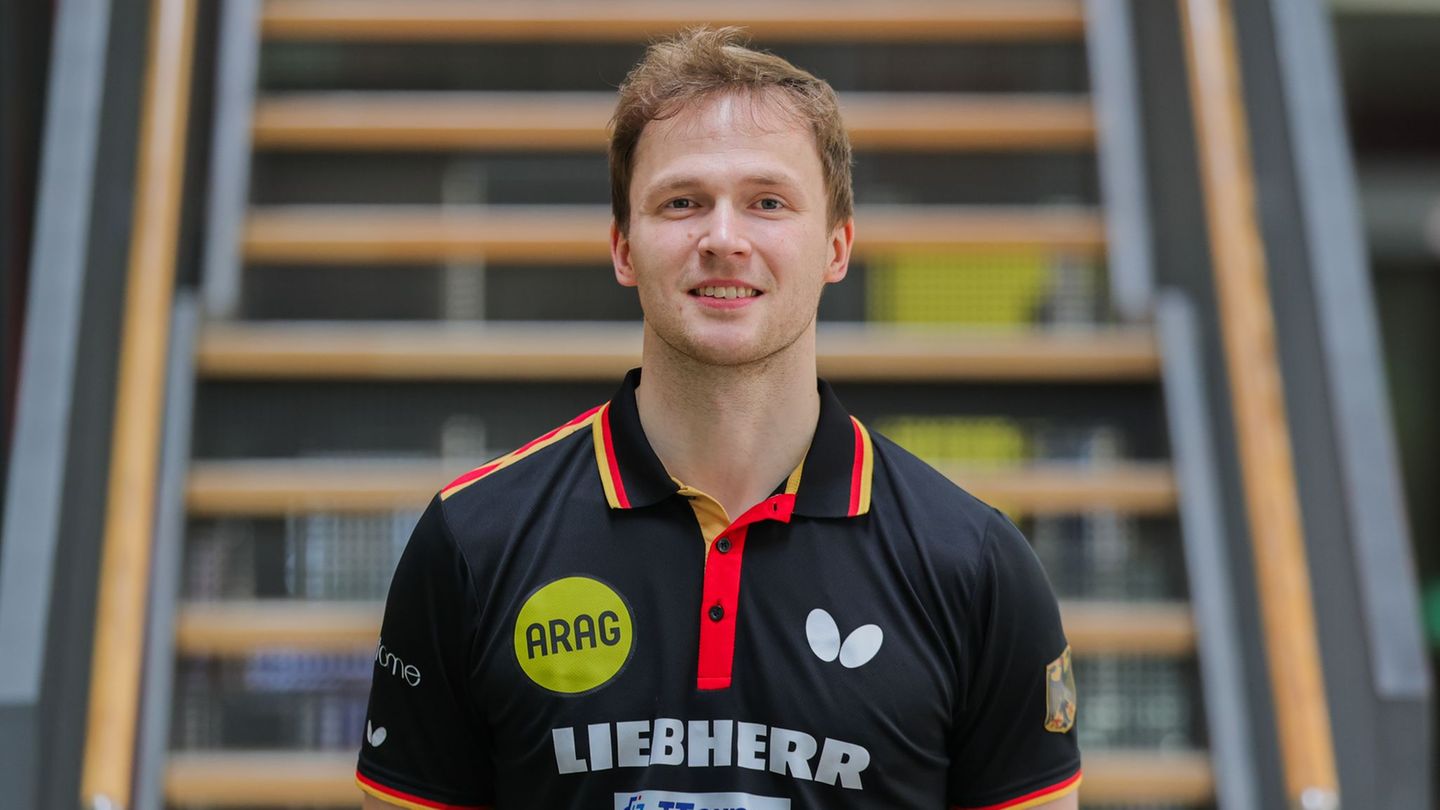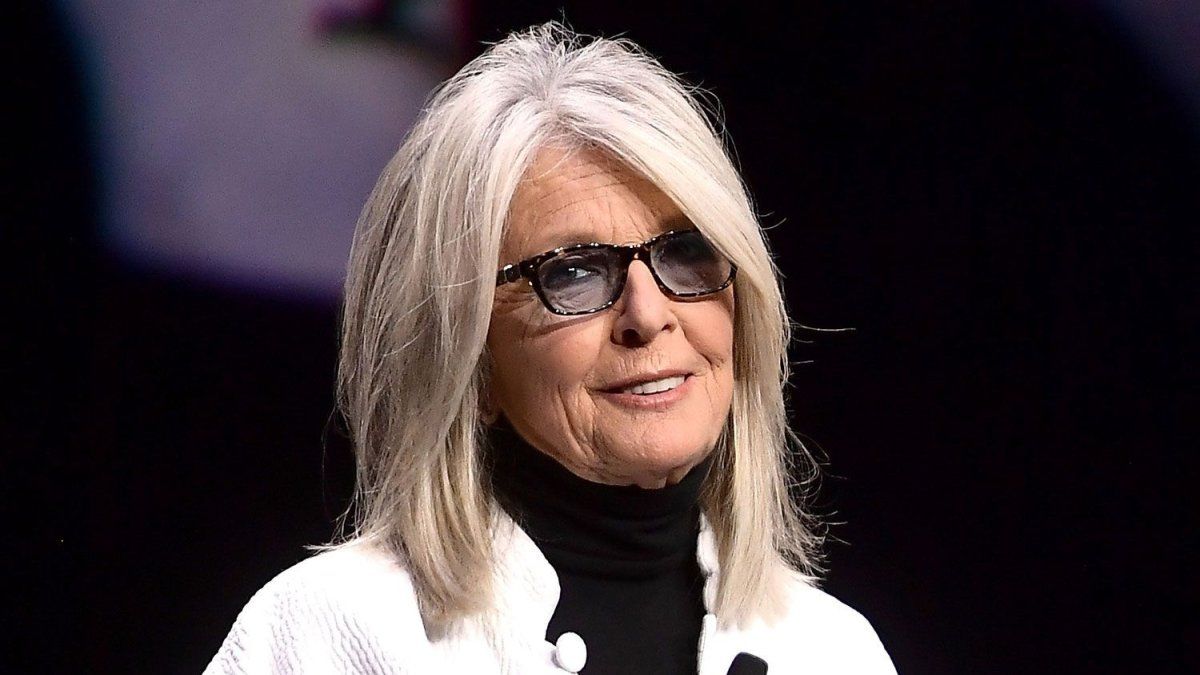Electric and emission-free: E-motorcycles are an environmentally friendly alternative to combustion engine models. However, the E version has a difficult time with traditional bikers.
At first glance, the Harley-Davidson “Livewire One” looks like an ordinary motorcycle. Only at the traffic lights do you hear the difference to the usual background noise. With its electric drive, it is not only quiet on the road, but also environmentally friendly: Because the electric two-wheeler does not emit any exhaust gases, it reduces local pollution from fine dust and pollutants.
In Germany, electromobility plays an important role in the automotive industry in achieving climate goals. But while electric cars are slowly becoming established, battery-powered motorcycles still have a long way to go. “Most bikers need the feeling of freedom on the bike. They want to ride their routes without having to think about the next power socket,” Dirk, who wishes to remain anonymous, tells dpa. For the passionate motorcyclist, buying an electric model is out of the question: “A biker recognizes a machine by the sound – that is also not the case with electric motorcycles.”
Low demand – manageable supply
According to the German Motorcycle Industry Association (IVM), interest in motorized two-wheelers with electric drives has increased significantly in the years since 2020, but this particularly applies to the smaller vehicle segments. According to the Federal Motor Transport Authority (KBA), there were 222,046 new registrations of motorcycles in 2023 – of which only 16,945 (7.6 percent) were with electric drives. In the previous year there were 33,687 of 223,889 newly registered motorcycles.
The range of electric motorcycles on offer is also manageable. BMW postponed the presentation of its first electric motorcycle until 2026 at the earliest – the model was originally announced for 2025. There is “nowhere really relevant demand from customers for electric motorcycles anywhere,” says BMW spokesman Tim Diehl-Thiele. As long as there is no demand, it makes no sense to bring a fully electric motorcycle onto the market.
Limited range and long charging times
The most common obstacles to purchasing are the limited range and charging time of electric motorcycles, explains Matthias Meier, Managing Director of the Harley-Davidson Factory in Frankfurt. According to the ADAC, most models only have a range of 100 to 200 kilometers, but a few can achieve more. Motorcyclists often use their motorcycles for significantly longer distances, says Meier. “If the typical motorcyclist wants to go on a trip with his buddies, he won’t get very far with the electric version.”
In order to break down motorcyclists’ barriers, it’s worth taking a test drive, says Meier. “Electric motorcycles polarize upon first contact.” The handling and the playful ease would delight almost every driver. “You don’t even have to clutch. You only need the brake if you have to brake sharply. And in the middle of summer you don’t have to protect yourself from the engine heat,” he says about the “E-Harley”.
E-models popular in urban areas
The smaller electric models are significantly more successful. According to the IVM, people benefit from short traffic jams, easier parking options and manageable vehicle costs, especially in urban areas. According to the association, electric vehicles make up almost 30 percent of the smallest class, which corresponds to mopeds with a displacement of up to 50 cubic centimeters. The same applies to the A1 class with a displacement of up to 125 cubic centimeters, where last year more than 10 percent of the newly registered two-wheelers had an electric drive.
Many manufacturers are relying on electric drives, especially in urban areas. Numerous electric scooters are available from China in particular. BMW also says it is focusing exclusively on electrically powered vehicles for new models for urban areas and manageable distances. After all, the Bavarians immediately became market leaders with their first large e-scooter C Evolution from 2013 and significantly boosted the market, emphasizes Diehl-Thiele.
Get motorcyclists to get a taste for e-bikes
In order for more motorcyclists to get a taste for emission-free in the future, Meier says the charging station infrastructure needs to improve. “You need more charging options for the electric models in and outside the city,” he emphasizes. BMW spokesman Diehl-Thiele also criticizes the “far from sufficient density of charging stations” for motorcycles, which are mainly used for leisure purposes. In addition, technical challenges on the product side would make it more difficult to convert motorcycles to electric motors, he explains. “Just one example: battery weight is a much more complicated issue in a motorcycle than in a car.”
There is also no regulatory information for manufacturers, such as fleet specifications, explains the BMW man. The federal government has provided financial incentives for the purchase of electric cars. The federal government supported the purchase of an electric vehicle with up to 4,500 euros until mid-December 2023. There was no environmental bonus for an electric motorcycle. “If there were government funding for e-motorcycles, maybe one or two people would be convinced,” says Meier. “But that fell through the cracks with the government.”
According to IVM’s opinion, the share of electric vehicles among motorized two-wheelers will continue to increase, especially in the area of smaller vehicles as a mobility alternative. The same applies to the motorcycle segment, in which hybrid drives could also play a role.
Source: Stern




